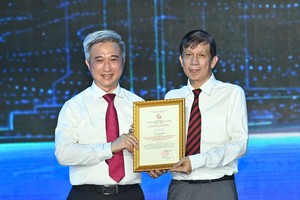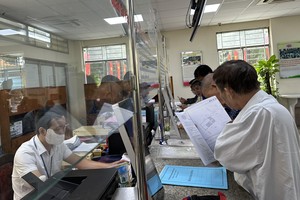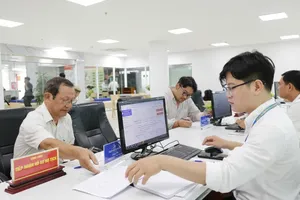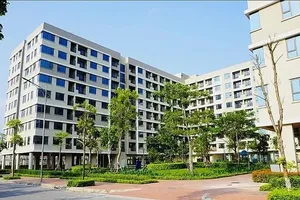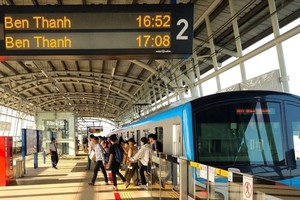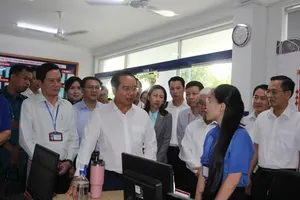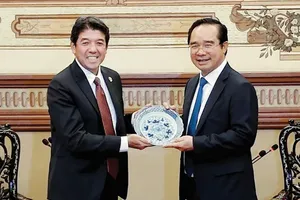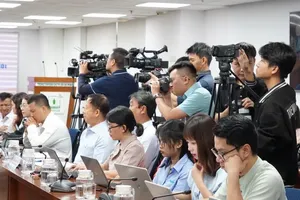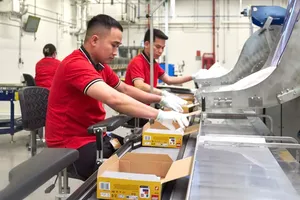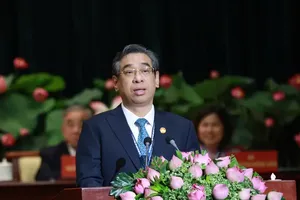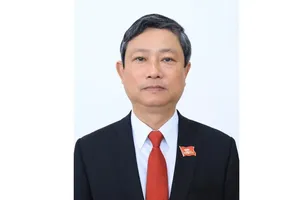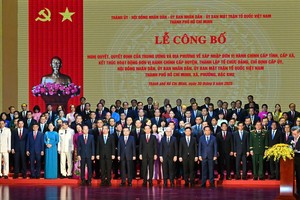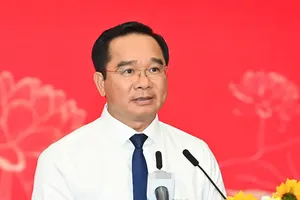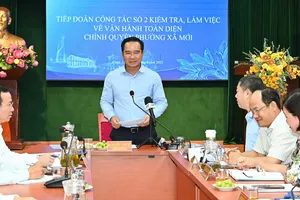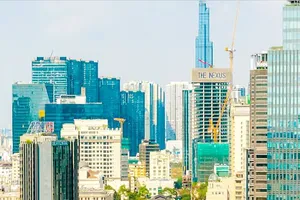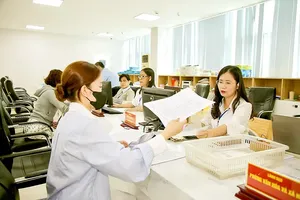To boost Ho Chi Minh City’s socioeconomic development, the city has poured much of its annual budget into new infrastructure projects over the past several years. Despite the upset that comes with traffic congestion and disruption from such construction, most residents say they are pleased with the city’s efforts to modernize.
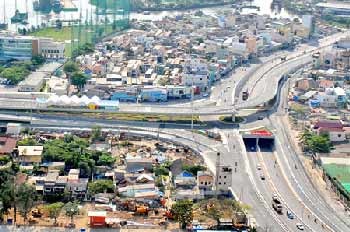
The projects include the Phu My and Thu Thiem bridges, the second phase of the East-West Highway, the renovation of Rung Sac Street in suburban Can Gio District, and the upgrade of Nam Ky Khoi Nghia and Nguyen Van Troi streets in Phu Nhuan District, just to name a few.
Projects of the century
The Phu My and Thu Thiem bridges are the biggest ever projects to be undertaken in HCMC in the last 100 years.
The Phu My Bridge spans the Sai Gon River connecting Districts 2 and 7, and has a projected lifespan of at least a century. It is the city’s largest cable-stayed bridge with six lanes and allows transportation of thousands of vehicles.
The bridge is famous not only for its vital role in improving traffic flow to the city’s suburban areas, but also for its modern design. According to the construction company, there are just a handful of cable-stayed bridges worldwide that have been built in a similar manner.
HCMC residents were doubly impressed when the Phu My Bridge opened to traffic four months earlier than expected, without compromising safety standards.
The bridge has also proved attractive to HCMC investors looking to expand into new markets in the city’s eastern areas.
The Thu Thiem Bridge, meanwhile, has also been well received by the public. Opened in 2008 after three years of construction, the bridge spans six lanes and connects District 2 to Binh Thanh District. It also has an expected lifespan of around 100 years.
When it was first inaugurated, the bridge was the fastest to be completed by a State-owned company.
Roads to modernization
In addition to new bridges, HCMC has also made efforts to upgrade several roads. One of the largest projects is the East-West Highway, which opened its first section to traffic on September 2, 2009.
The highway connects the city’s southwestern areas to District 1 and has helped alleviate traffic gridlock.
In addition to the East-West Highway, the upgrade of the Nam Ky Khoi Nghia-Nguyen Van Troi route has also been a high-profile project. It was in 2003 that the city People’s Committee decided to renovate and widen the route. Construction began two years later.
Local officials have paid special attention to this important roadway, which runs from the Tan Son Nhat International Airport to the heart of HCMC, as it is the first area seen by foreign visitors.
According to the HCMC Department of Transport, the second phase of this project, from the Cong Ly Bridge to the Dien Bien Phu crossroad, is now basically complete.
Other projects, such as the second segment of the North-South road and its three bridges, and the renovation of Rung Sac Street, have also been completed and put into operation.
The Phu My Bridge spans 2 km in length and is 27.5 meters wide. It provides six lanes for high-speed, motorized vehicles and two lanes for slower and non-motorized transportation. It has a deck clearance of 45 meters and an expected lifespan of 100 years. Nearly 100,000 vehicles travel on the bridge daily. The Thu Thiem Bridge links HCMC’s Nguyen Huu Canh Street of Binh Thanh District to Luong Dinh Cua Street of District 2. In the future, it will also connect to the East-West Highway. The project consists of the main 1,250-meter bridge with six lanes for traffic. It links to Binh Thanh District via four branches and to District 2 via two branches. At the juncture with Binh Thanh District, there are also an underpass and overpass. |
